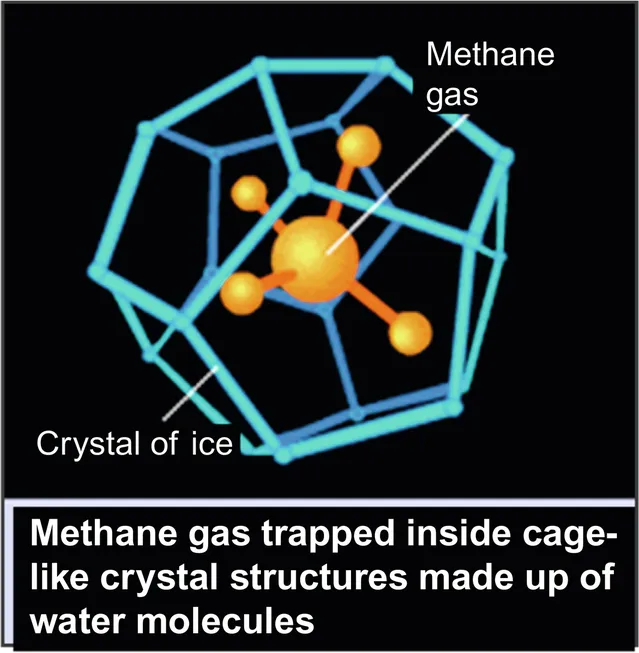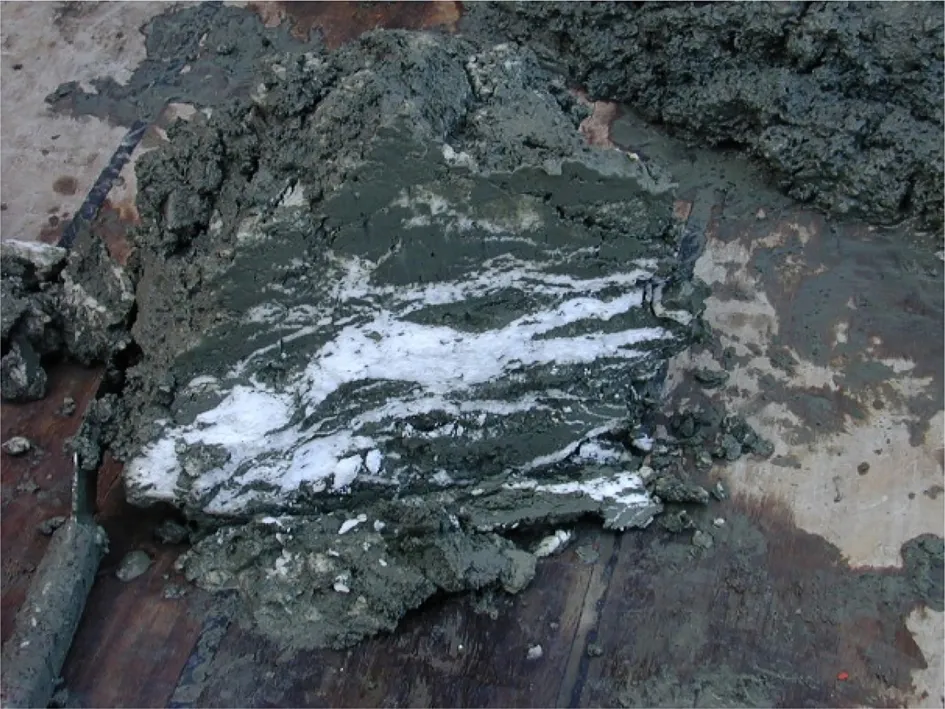
Managing Global Warming
An Interface of Technology and Human Issues
Trevor Letcher, Trevor M. Letcher
- 820 pages
- English
- ePUB (adapté aux mobiles)
- Disponible sur iOS et Android
Managing Global Warming
An Interface of Technology and Human Issues
Trevor Letcher, Trevor M. Letcher
À propos de ce livre
Managing Global Warming: An Interface of Technology and Human Issues discusses the causes of global warming, the options available to solve global warming problems, and how each option can be realistically implemented. It is the first book based on scientific content that presents an overall reference on both global warming and its solutions in one volume. Containing authoritative chapters written by scientists and engineers working in the field, each chapter includes the very latest research and references on the potential impact of wind, solar, hydro, geo-engineering and other energy technologies on climate change.
With this wide ranging set of topics and solutions, engineers, professors, leaders and policymakers will find this to be a valuable handbook for their research and work.
- Presents chapters that are accompanied by an easy reference summary
- Includes up-to-date options and technical solutions for global warming through color imagery
- Provides up-to-date information as presented by a collection of renowned global experts
Foire aux questions
Informations
Methane hydrate as a “new energy”
† Yamaguchi University, Japan
1 Corresponding author: [email protected]
Abstract
Keywords
7.1 Introduction
7.1.1 What is methane hydrate?


7.1.2 Where is the reserve and how much?


7.2 Production methods

7.2.1 Thermal recovery method

7.2.2 Depressurization method
